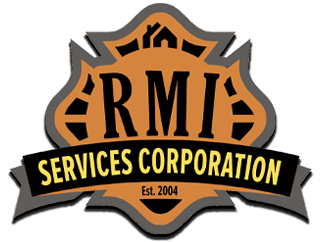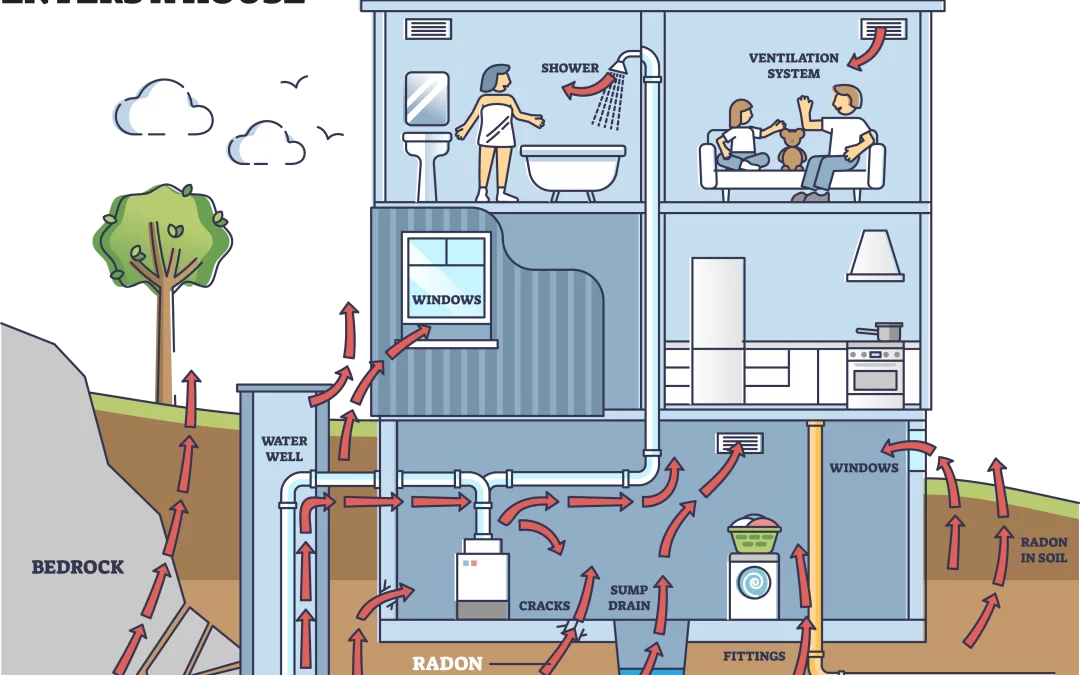5 things to know about VOC testing
Volatile Organic Compounds (VOCs) testing is crucial in various industries and applications, including environmental monitoring, indoor air quality assessment, and product manufacturing. RMI Services Corporation provides VOC testing in Gainesville, Boca Raton, Fort Lauderdale, Hollywood, FL, Coral Springs, Pompano Beach and surrounding areas.
These are five key things to know about VOC testing:
- Definition of VOCs:
VOCs are organic chemicals that can easily evaporate into the air at room temperature. They are emitted from a variety of sources, including industrial processes, vehicle exhaust, and certain consumer products. Common VOCs include benzene, toluene, formaldehyde, and various hydrocarbons.
- Health and Environmental Impact:
VOCs can have adverse effects on human health and the environment. Short-term exposure to high concentrations of VOCs can cause eye, nose, and throat irritation, headaches, and nausea. Long-term exposure may lead to more serious health problems, including damage to the liver, kidneys, and central nervous system. Additionally, VOCs can contribute to the formation of ground-level ozone and smog, which can have environmental consequences.
- Sources of VOCs:
VOCs can originate from both natural and anthropogenic sources. Natural sources include vegetation and certain geological processes. Anthropogenic sources encompass industrial activities, vehicle emissions, construction materials, paints, solvents, cleaning agents, and household products. Identifying and controlling these sources is essential for minimizing VOC emissions.
- Regulatory Standards and Guidelines:
Governments and regulatory bodies often establish limits and guidelines for acceptable levels of VOCs in different environments. These standards aim to protect human health and the environment. Industries may be required to comply with these regulations, and VOC testing is employed to ensure adherence to the specified limits.
- VOC Testing Methods:
Various methods are employed to measure VOC concentrations. Common techniques include:
Gas Chromatography (GC): Separates and quantifies individual VOCs.
Photoionization Detection (PID): Uses ultraviolet light to detect and measure total VOC concentrations.
Flame Ionization Detection (FID): Measures total hydrocarbons and is commonly used in conjunction with GC.
Sampling and Analysis: Air or surface samples are collected and analyzed in a laboratory to identify and quantify specific VOCs.
Understanding VOC testing is essential for ensuring the safety of indoor and outdoor environments, complying with regulations, and addressing potential health and environmental concerns associated with these compounds. Kindly call us without hesitation.

